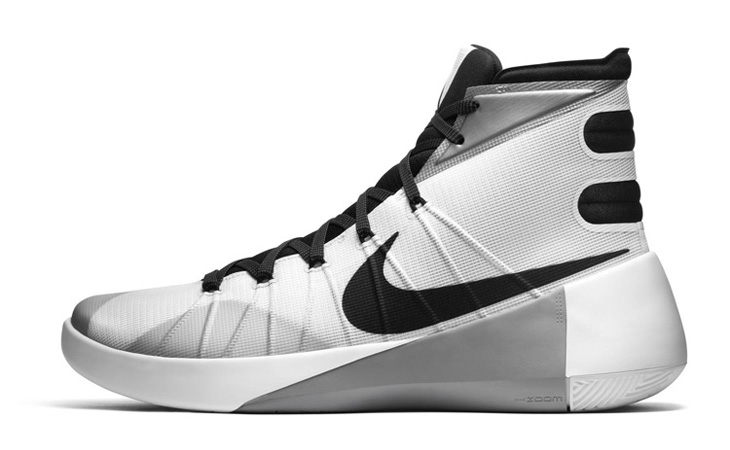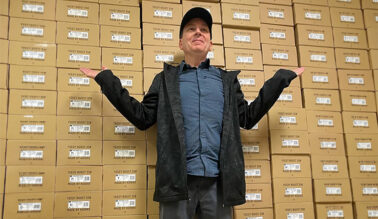This post may contain affiliate links. Please read our disclosure policy.
Since the inception of the Hyperdunk series in 2008, we’ve actually seen an entire shift take place at Nike Basketball and across the industry.
The synthetic Flywire-based support panels that started out encased in plastic soon became a skin that engulfed the shoe’s whole upper, and before long, leather was gone altogether from Nike Basketball’s entire product line.
As other brands veered towards launching the absolute lightest hoop shoe possible, the phrase often said by Design Director Leo Chang was, “It’s not about lightweight. It’s about the right weight.” The first one was 13.0 ounces, and each model got lighter and lighter, but never too light.
While Flywire and lightweight were major stories during the Hyperdunk’s initial launch in 2008, the biggest “innovation” touted during the Beijing Olympics that summer was Lunar Foam.
Since the very beginning, I’ve hated it.
I thought it bottomed out within five wearings, wasn’t as resilient as alternatives, and sure wasn’t as responsive as Zoom Air.
It’s largely been my only criticism of the Kobe series, and luckily, after disappointments with the 2012, 2013 and 2014 editions, I can stop complaining about the Hyperdunk series too.
For the first time since the Hyperdunk 2011, the best performing model of the line, the series is going back to a heel Zoom and forefoot Zoom setup, like the above image.
Just like the 2011, the Zoom bags are slightly visible through small windows at both the heel and forefoot pivot points. Nike Basketball Product Line Manager Charles Williams mentioned back in 2011 that the windows were born from an insight after speaking with Chinese consumers, who had been hoping to visibly see any tech found throughout the shoe’s midsole.
Lunar may look more striking from a retail shelf perspective, but I couldn’t be happier to see the decision made to go back to the best cushioning system in the industry.
“Our goal was to make this the best-performing Hyperdunk from top to bottom,” Chang says confidently.
The design and technology are more evolution than revolution, but I’ll definitely be looking forward to giving the new Hyperdunk a run this July 1st.




